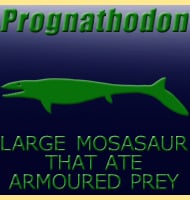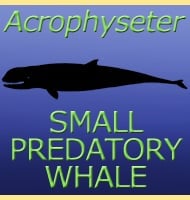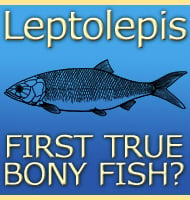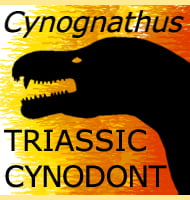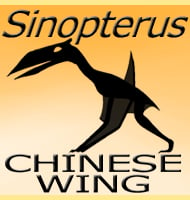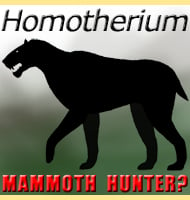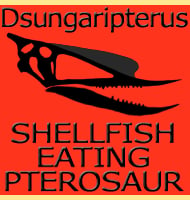In Depth
Atrociraptor has been described from very incomplete remains, but two clear observations can be made about this dinosaur. One is that the snout appears to be both deeper and shorter than most other dromaeosaurs, something that could indicate a strong bite due to larger muscles and the outer teeth being placed closer to the fulcrum of the jaw articulation. Second is that the teeth have very large serrations, something that would greatly improve the slicing ability. Additionally the teeth in the mouth are of different sizes but otherwise have an identical form to one another. These two things together might indicate a prey specialisation in animals with tougher hides that would require a stronger bite force, as well as larger serrations for more efficient cutting.
Because the teeth are so distinctive, further isolated teeth that were previously assigned to Saurornitholestes have now been included with Atrociraptor. The type species of Atrociraptor, A. marshalli, is in honour of Wayne Marshall who discovered the first remains back in 1995.
Further Reading
– A new dromaeosaurid from the Horseshoe Canyon Formation (Upper Cretaceous) of Alberta, Canada. – P. J. Currie & D. J. Varricchio – 2004.

